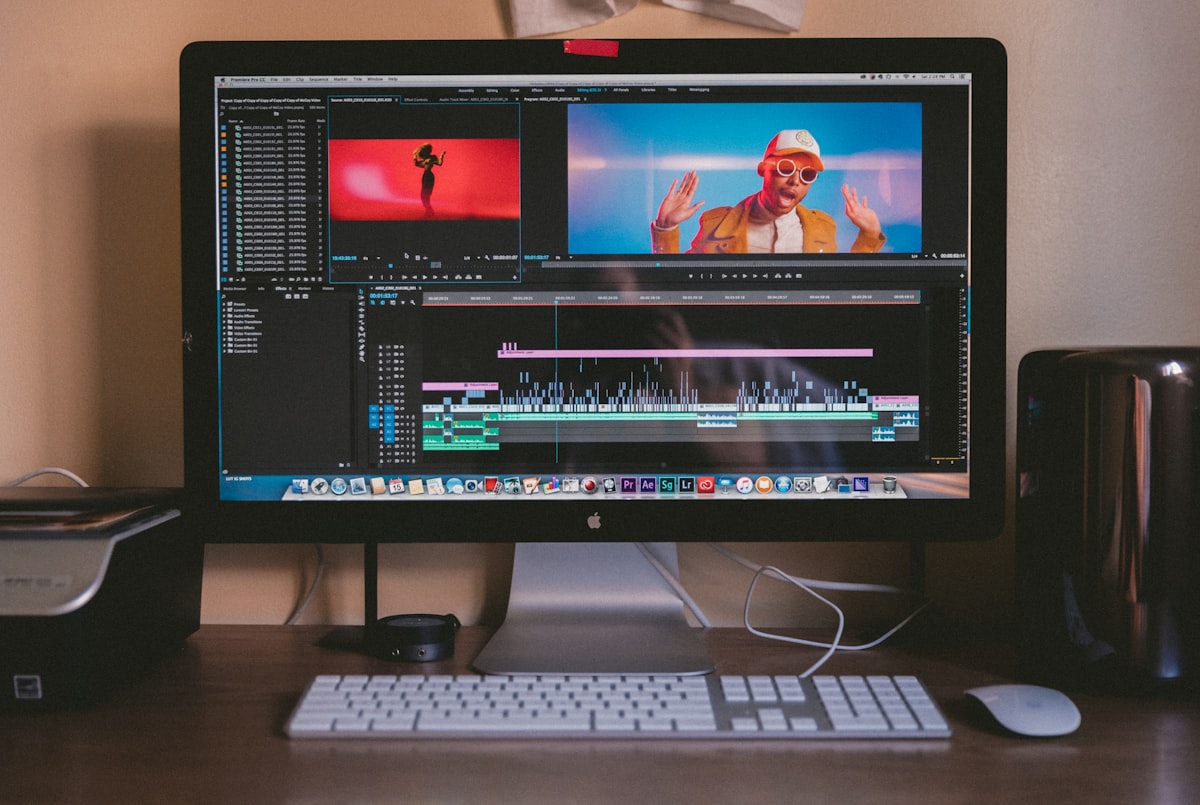The Benefits of Interactive Videos in the Classroom: Enhancing Instruction, Building Independence, and Empowering Students
Interactive video can be used at all levels and in different ways to build independence, free up teachers for small group instruction, and give students the opportunity to learn at their own pace.

Interactive video can be used at all levels and in different ways to build independence, free up teachers for small group instruction, and give students the opportunity to learn at their own pace. I have been using videos more frequently in my adult life to learn how to complete DIY projects around the house and learned all sorts of things. When students can utilize videos to learn they open the door to educational independence.
- Interactive video has an effect size of .58, which means that it has the potential to have a positive effect on student achievement. Effect size is a statistical measure that allows researchers to determine the effectiveness of an intervention or teaching strategy. An effect size of .58 is considered moderate, indicating that interactive video is a promising approach to promoting student learning. Interactive video has been linked to reduced cognitive overload, greater attention, and greater reflection, all of which can contribute to improved learning outcomes.
- Interactive video allows teachers to reinforce what they have already taught to their learners, rather than replace their instruction. It would be a mistake to think that interactive videos replace the need for the teacher to address the group as a whole. The interaction just needs to be different. Whole group instruction can involve answering student questions and teaching students ways to apply what they learned in the video.
- Interactive video increases the chances that students can learn something while away from the teacher, making it a useful tool for station rotations or playlist models. This is powerful. Using video allows the teachers to teach the same lesson an unlimited amount of times.
- Interactive video can empower students to learn at their own pace and prevent frustration. These videos allow students to learn at their own pace. In traditional direct instruction, there are always students who want you to go faster at the same time other students want you to slow down.
- When delivering professional development, frustration can be avoided by leveraging interactive video to enhance instruction. It can be accessed on demand and consumed at a pace that fits the teacher's learning style.
Interactive video is a powerful teaching strategy that can enhance instruction, build independence, and empower students to learn at their own pace. By leveraging interactive video, teachers can free themselves up for small group instruction, multiply themselves in the classroom, and prevent frustration for themselves and their students. With tools like Flip and Learning Management Systems, it's easier than ever to incorporate interactive video into your teaching practice.
Here are a few more tools to get you started.
- EDpuzzle: EDpuzzle is a web-based interactive video platform that allows teachers to customize existing videos from YouTube, Khan Academy, and other popular video hosting sites. With EDpuzzle, teachers can add their own voiceovers, embed quiz questions, and track student progress.
- PlayPosit: PlayPosit is a web-based platform that allows teachers to create interactive videos for their students. Teachers can embed quiz questions, discussion prompts, and other interactive elements into videos from YouTube, Vimeo, and other sources. PlayPosit also provides analytics to help teachers track student progress and identify areas for improvement.
❤ Enjoy this Article?
🍵 Show Your Support, 🛍 Shop The Store, 👕 Buy Some Swag, 🤗 Share It



